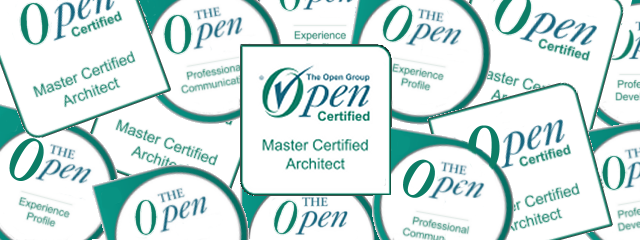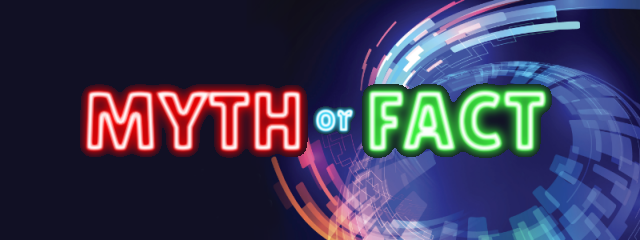Certified Experience
Getting certified is important. It is especially important from a personal perspective. Certifications demonstrate that you have the qualifications, skills, and knowledge necessary to perform your job well. There is one downside to most certifications though. Since most certifications are knowledge-based, almost none of them will allow you to demonstrate your experience.
Read MoreMythbusting the TOGAF Standard
I have said it before: the TOGAF Standard is awesome. If you make an effort to really understand the framework you will agree with me. Unfortunately, despite being around for thirty years, it is still often rigorously misunderstood and misinterpreted. And it is these misinterpretations that lead to the myths that circle the framework. That is why it is high time to start mythbusting the TOGAF Standard.
Read MoreAI: More Buzzword Than Breakthrough
Artificial Intelligence (AI) and Intelligent Automation (IA) are two terms that have become ubiquitous in today's world. Although they are often used interchangeably, they are distinct concepts, each with its own advantages and disadvantages. Unfortunately, there is a growing tendency to use the term "AI" as a catch-all phrase that obscures the fact that we're not really doing AI. What we are really using today is a practical application of IA. In this blog, I'll tell you why AI is more a buzzwo…
Read MoreEnterprise Architecture Rises In The East
Enterprise Architecture is more than just a methodology—it's a strategic powerhouse driving alignment between business objectives and technology. In China, where rapid economic growth meets technological innovation, Enterprise Architecture has emerged as a critical enabler. The country's enterprises, ranging from state-owned giants to tech startups, are leveraging Enterprise Architecture to address unique challenges: scalability, digital transformation, and regulatory compliance.
Read MoreSkilled Or Competent
Skills are important to do a job well. But having the right competencies is just as crucial. The key question is: which is preferred, a skilled architect or a competent one?
Read MoreThe Graying Of Architecture
When we think of Enterprise Architecture, we often imagine dynamic teams designing robust frameworks to steer organizations into the future. But a quieter challenge looms: the profession itself is aging, and a younger generation is not stepping in to take the reins. This trend, often referred to as the graying of architecture, threatens to disrupt the future of the field.
Read MoreAgile Architecture Agony
In recent years, the agile way of working has become popular because it promises to make things more flexible, faster, and better at handling changes. However, when it comes to Enterprise Architecture, using agile methods can be tricky. It might cause problems, leading up to agile architecture agony. Agile methods are great for short, simple projects.
Read More






